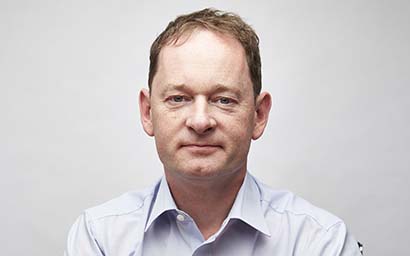Research back in 1986 showed how the inversion of the yield curve had been a leading indicator of recessions since the 1960s, and subsequent recessions strengthened the theory.
Following the inversion of the yield curve in April this year, one fund manager tells us that “at some point, in a year or two” there should be a recession and a deterioration of corporate credit fundamentals.
Corporate bonds have already been hit this year. One manager describes corporate debt as having had the “worst start to a year” for nearly 30 years.
But there is a case for being more cautious about relying on the inverted curve as a recessionary indicator, as yields have been impacted by ultra-low interest rates and quantitative easing.
Funds Europe speaks to corporate bond managers (pages 12-15) about how they interpret the yield curve and its recent inversion.
Visibility for the two years following the April inversion is low. But, as for corporate bonds, we are told that “some of the bleeding has not finished yet”.
Nick Fitzpatrick, Group Editor, Funds Europe
© 2022 funds europe





